The holding posture of common Buddhist instruments
1099 views · Organized by 阿弥 on 2022-03-04
In the morning and evening homework and daily Buddhist affairs, there are several kinds of instruments that are commonly used. The postures used can be summarized as follows: the chime is drawn to the mouth, the wooden fish is put together, the pan is facing the face, the hafnium is flat-chested, and the hand drum is holding the moon.
When not knocking, support with both hands, the fish vertebra is outside the wooden fish, the two index fingers and the two big fingers hold it, and the other six fingers support it.
When not knocking, hold the flat chest with both hands, press the hafnium with two big fingers and both hands (index), and hold it with the other six fingers and place it in front of the chest, hence the name: flat chest hafnium.
· Tongue chime ·
When holding the chime, the chime will be drawn to the opposite side, so it is called the chime of the opposite side, and the right hand hugs each other.
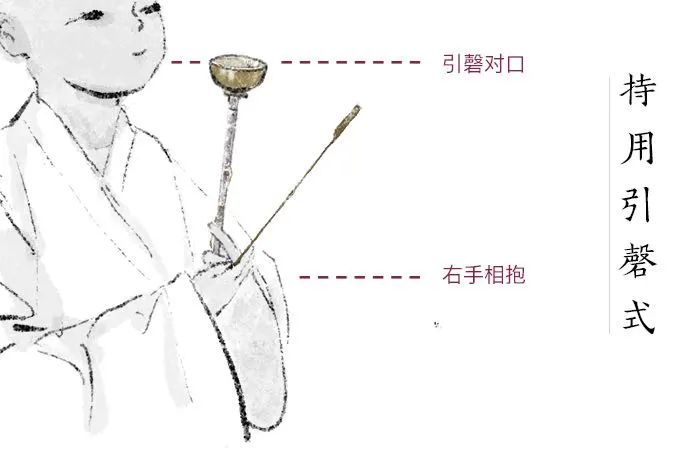
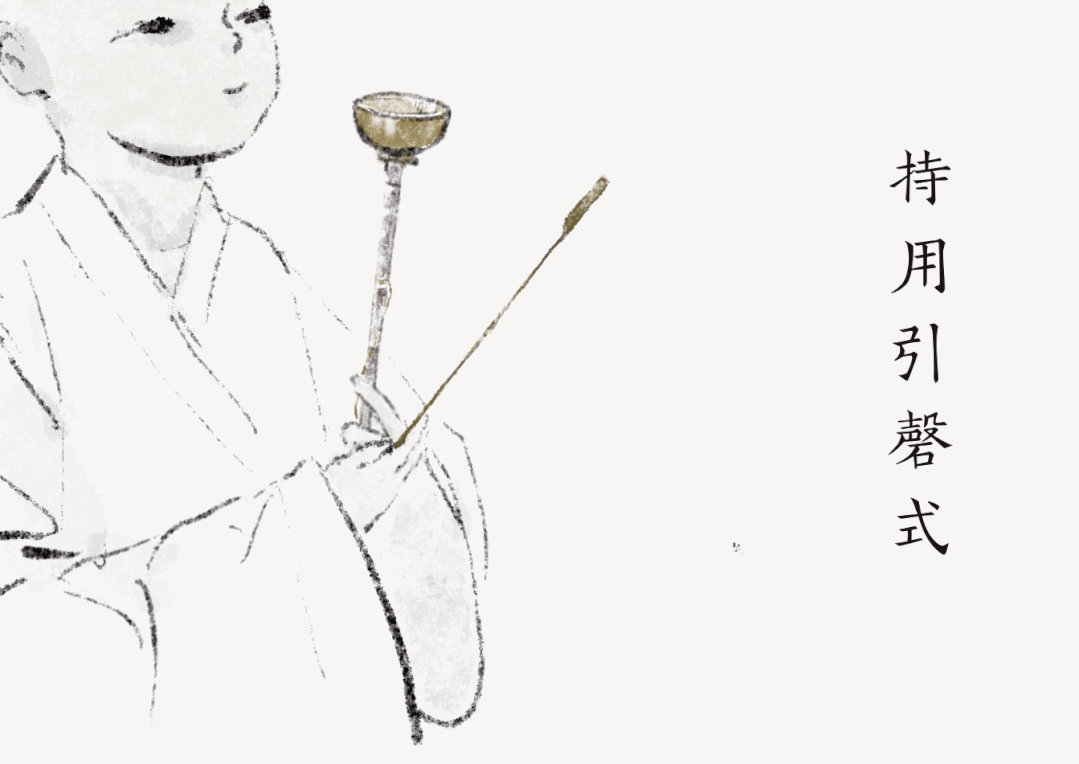

· Gassho wood fish ·
When knocking the wooden fish, hold the wooden fish with the left hand and the vertebra with the right hand. Holding the wooden fish is held by the big, index, and middle fingers, and holding the vertebra is also held by the big, index, and middle fingers. The vertebral head of the fish is opposite to the head of the wooden fish, and the two palms are opposite to each other, such as the palms together, so it is called: the wooden fish with the palms.
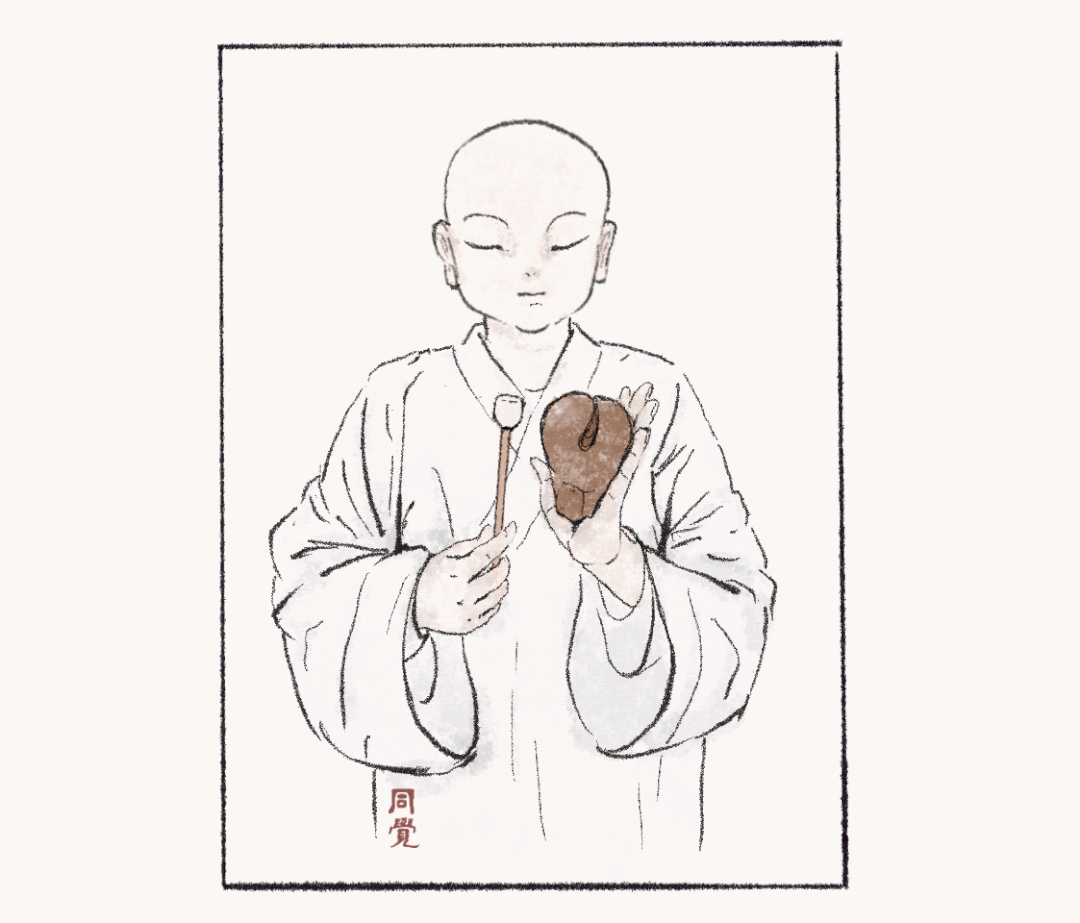
When not knocking, support with both hands, the fish vertebra is outside the wooden fish, the two index fingers and the two big fingers hold it, and the other six fingers support it.
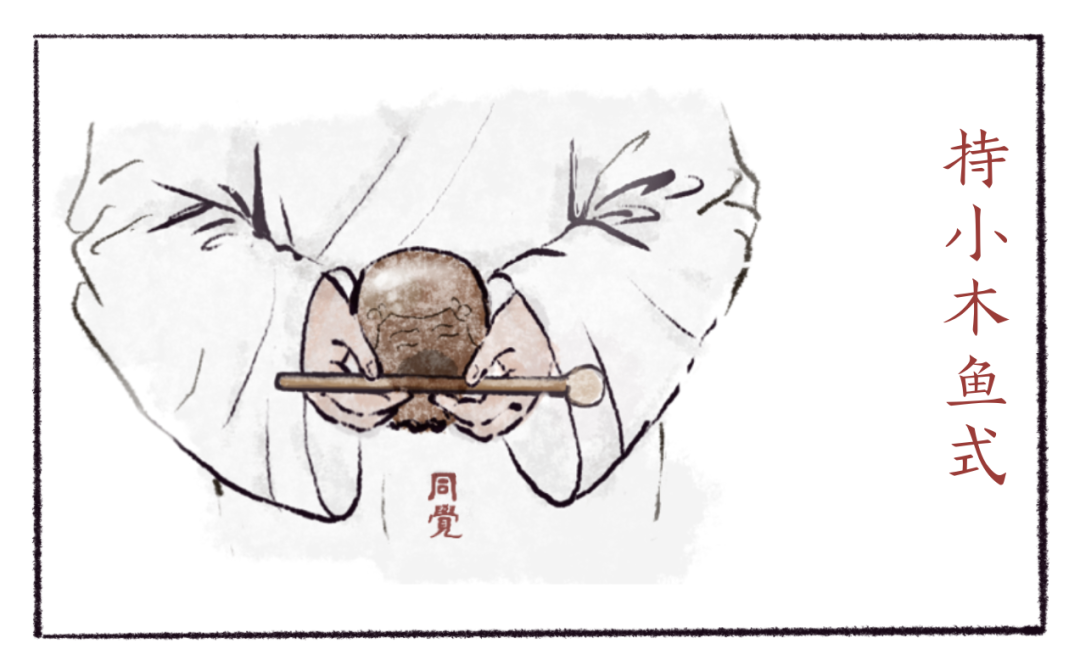
· Face-to-face Dangzi ·
When not knocking, the dangzi and the dang vertebra are held together in the left hand, the dang vertebra is held on the opposite side of the dang zi, the right hand hugs the flat chest, and the dang zi is opposite.
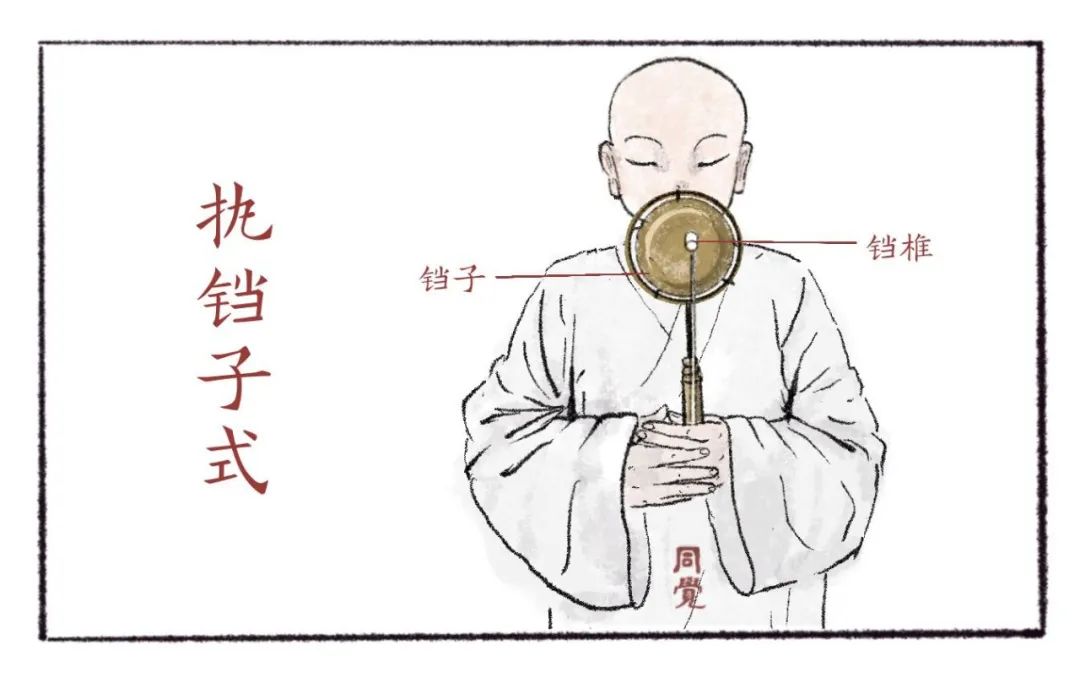

· Flat chested hafnium ·
When using it, hold it with the left hand and strike with the right hand. The difference between the upper hafnium edge and the lower hafnium edge is a few minutes, and the sound should be louder when knocking.
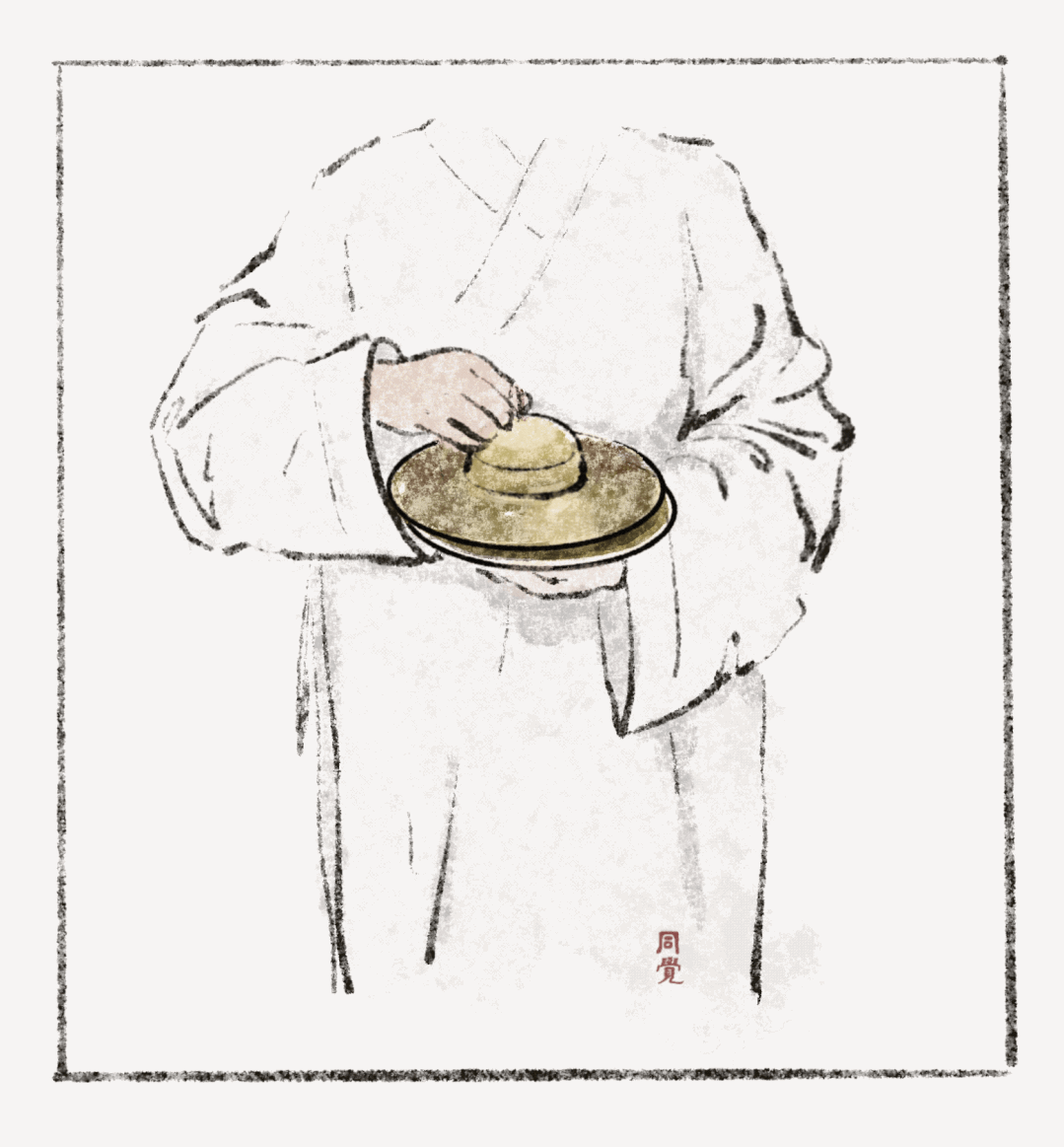
When not knocking, hold the flat chest with both hands, press the hafnium with two big fingers and both hands (index), and hold it with the other six fingers and place it in front of the chest, hence the name: flat chest hafnium.
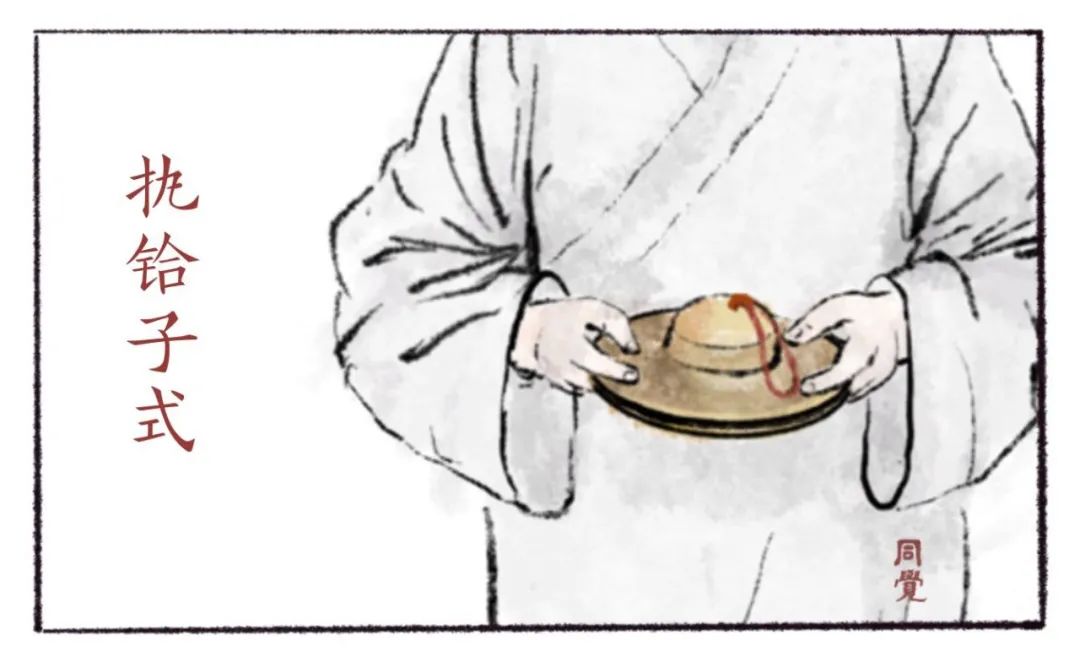
· Hand drum holding the moon ·
When not knocking, hold it with both hands, the vertebra is outside the drum, the two big fingers are inside the drum, the two index fingers and the two middle fingers are supported, and the remaining four fingers surround it, which is called the hand drum holding the moon.
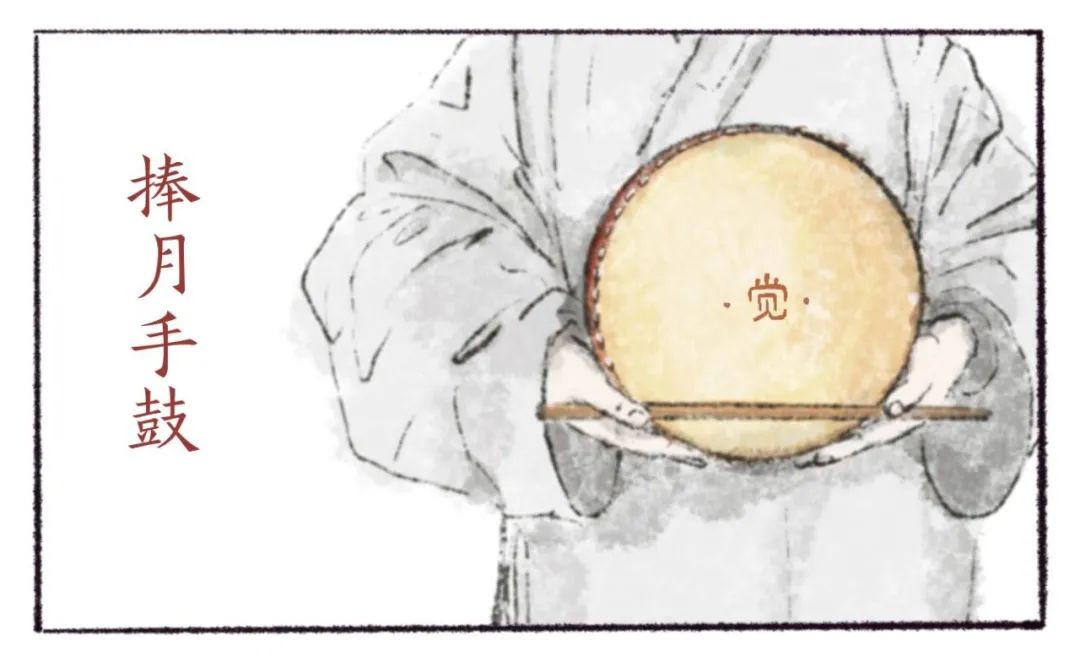
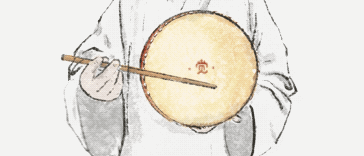
Involving musical instruments
Yunqing (pinyin: Yún qìng) is often used in religious music and is a dharma instrument used by monasteries. Also known as "Induction Chime". A percussion instrument.
Hand drum (pinyin: shǒu gǔ) is a mixed-membrane sounding instrument of the Uyghur and Uzbeks. It has a long history and has long appeared in Dunhuang and Northern Wei murals from the fourth to sixth centuries. popular in Xinjiang.
Nao (pinyin: náo), also known as the bell, is one of the bronze percussion instruments used in ancient China. Used in the military, the function is to give instructions to stop drumming. It was popular in the late Shang Dynasty and was used in the early Zhou Dynasty. It is a round copper musical instrument that is often played with cymbals.
The cymbal (pinyin: Bó) is a percussion instrument with no fixed pitch. Bronze, with a bulge in the center, they are made of two round copper plates that strike each other. It is usually played together with gongs and drums to form a gong and drum team. Chinese cymbals also appear in Western music, but their size is usually less than 11 cm.
Wooden fish (pinyin: Mùyú) is a kind of wooden percussion instrument. The common fish-shaped wooden fish is shaped like a round sphere close to a fist, and the middle part is hollow, which is used for sound resonance and amplification. There is a sound hole on one side of the sphere, which has the same function as the F-shaped hole of a violin. It allows the amplified sound to spread. on the shelf. The method of playing is to use a drum stick or a small wooden hammer to hit the resonance area on the outside of the instrument to make a sound. The size of the wooden fish can be of different sizes, the larger the volume, the lower the pitch.
Guess you like
Organized by 愛 on 2022-02-21
Cloud chimes are often used in religious music and are used in monasteries. Also known as "Induction Chime". percussion. The shape is the same as that of the bowl-shaped sitting chime. The shape is very small, the body of the chime is made of copper, and it is shaped like a wine cup. The diameter of the chime is only 7 cm, and it is placed on the top of a long wooden handle, with a total length of about 35 cm. The wooden handle is decorated with stripes.
read >>
 渝公网安备 50010702504639号
渝公网安备 50010702504639号